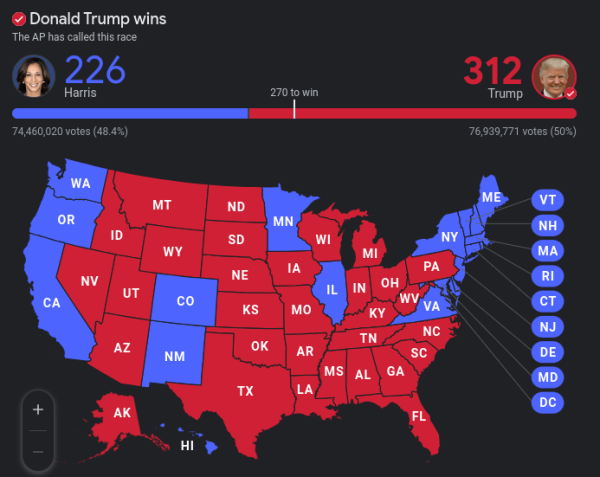Wolf Recovery in Utah
Although there are some rare sightings of wolves in the state of Utah, there are no confirmed packs of wolves in Utah.
According to Team Wolf, an organization to help bring wolf population up, Mexican grey wolves were reintroduced in eastern and southern Utah in 2015, but the government is hesitant to bring wolves back in northern and the Wasatch Mountains because it would interfere with hunting, a huge revenue for Utah. But, protestors and organizations are working hard to get them back in the mountains of Utah.
The grey wolf is one of the most endangered animals, not only in the United States but in the world. Thought all around the world as nothing but pests and evil creatures, they have been hunted to near extinction. The grey wolf was killed for fun and sport, and the American and English governments, in the past and present, have actually offered bounties for the head of a wolf. These lump sums of cash were offered in order to kill an innocent animal. Wolves are currently protected on the endangered species list, but that doesn’t stop poachers from killing dozens a year.
Wolves were completely hunted out of the United States in 1973; as the bullet went through the head of the last wolf, the citizens and government thought that they had finally got rid of this pest that infested the forests of the west. But what they didn’t realize at the time was that wolves are a huge part of the ecosystem and that all they did was throw the whole ecosystem out of wack.
Living With Wolves, an organization dedicated to spread awareness about wolves, says that without the threat of a wolf watching, coyotes became the dominant predator. Coyotes naturally produce more offspring than wolves, and without the wolf keeping them under control they boom. They began killing and eating the prey of bears as well with other predators, leading to declines in their populations as they had to settle for smaller prey. The government was then paying hunters to try and get the coyotes under control, but man couldn’t keep up.
The disappearance of wolves didn’t only affect other predators. Elk are the wolves’ main prey, so without them having to watch their back for wolves they became brave and unafraid. They began venturing out into the open, over-eating plants and trampling tree roots. This destroyed habitats for hundreds of species, and since they were no longer taking cover in the safety of trees they were easier for hunters to spot. Thus, the North American Elk began to be over-hunted as well.
As you can see, nothing good came out of destroying the wolf. You may ask yourself, “Why would they even kill them in the first place?”. Well, people thought that they hunted on their livestock and that they were a highly dangerous animal, but they only hunt livestock if they are weak or wounded because they are an extremely shy animal and are more scared of you than you are of them. In the same year that people hunted wolves to extinction, they realized what they have done and placed the grey wolf onto the endangered species list.
From then on, the Parks and Wildlife Department has slowly introduced them back to protected national parks and wildlife reservations. This started in Yellowstone National Park with the “Sawtooth Pack” and is now spreading throughout the western and northern states, bringing small packs in one at a time. This means Utah officials are considering the reintroduction of wolf packs in Utah.
We haven’t seen a wolf in Utah for over four decades, but we might just be able to hear their howls once again.


![Photo Credit; Miller, Kim. “City of Asheville prepares for a weekend of winter weather.” City of Asheville prepares for a weekend of winter weather [Ashville], 10 February 2023, https://www.ashevillenc.gov/news/city-of-asheville-prepares-for-a-weekend-of-winter-weather/. Accessed 06 January 2025.](https://binghamprospector.org/wp-content/uploads/2025/01/Screenshot-2025-01-14-7.54.38-AM.png)

